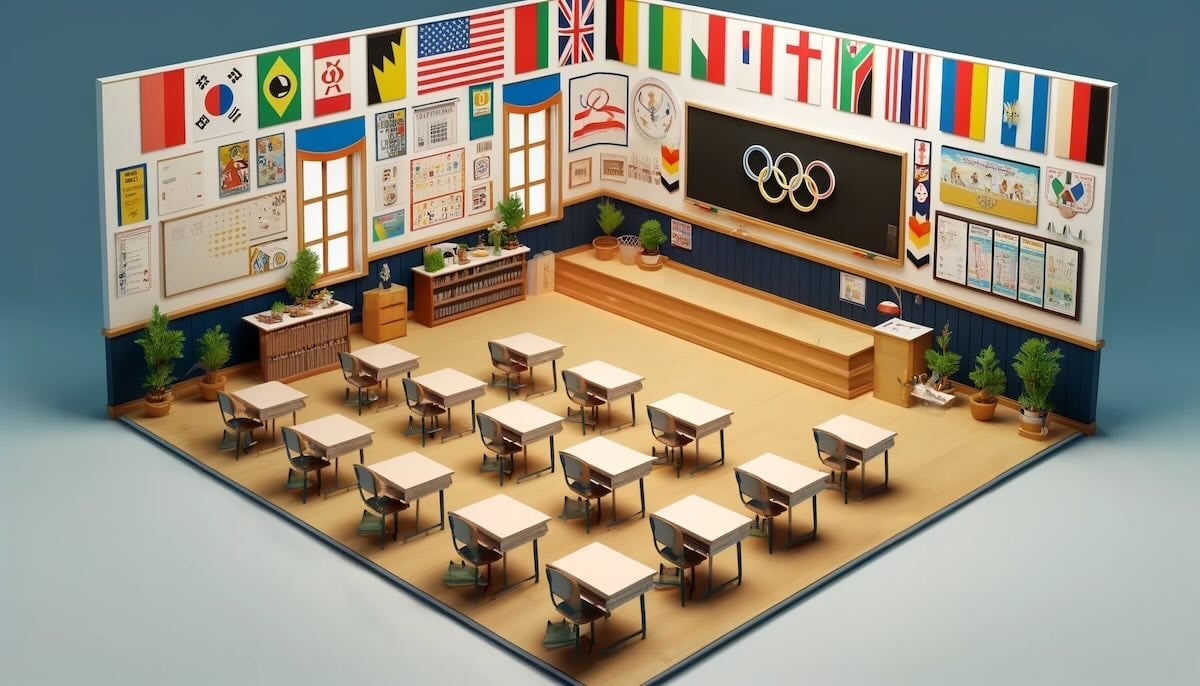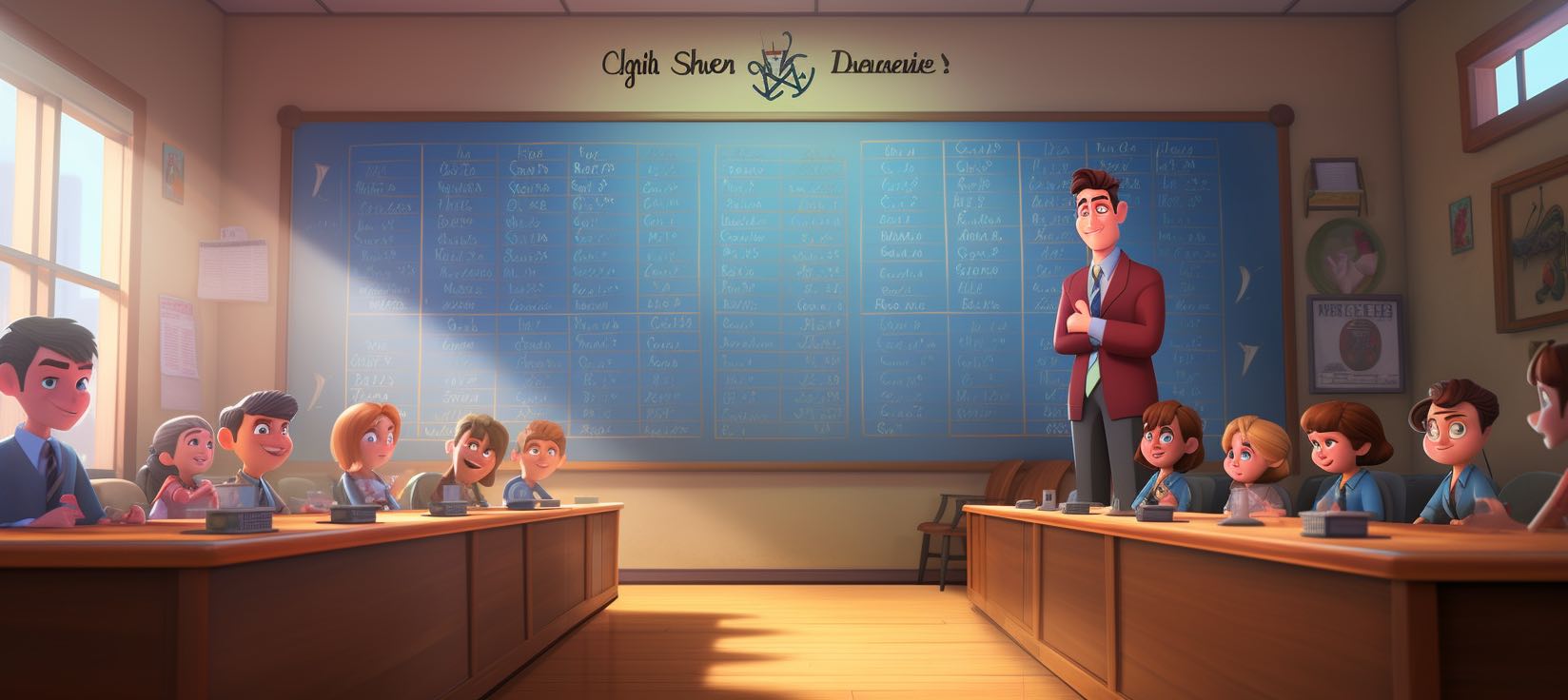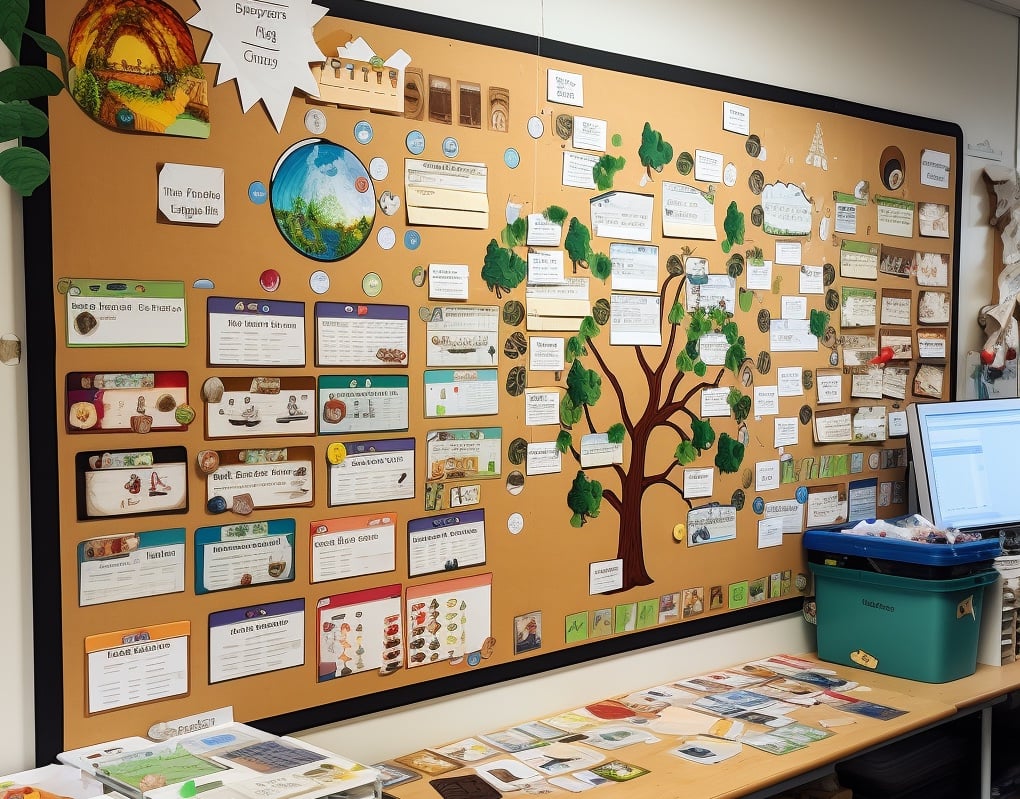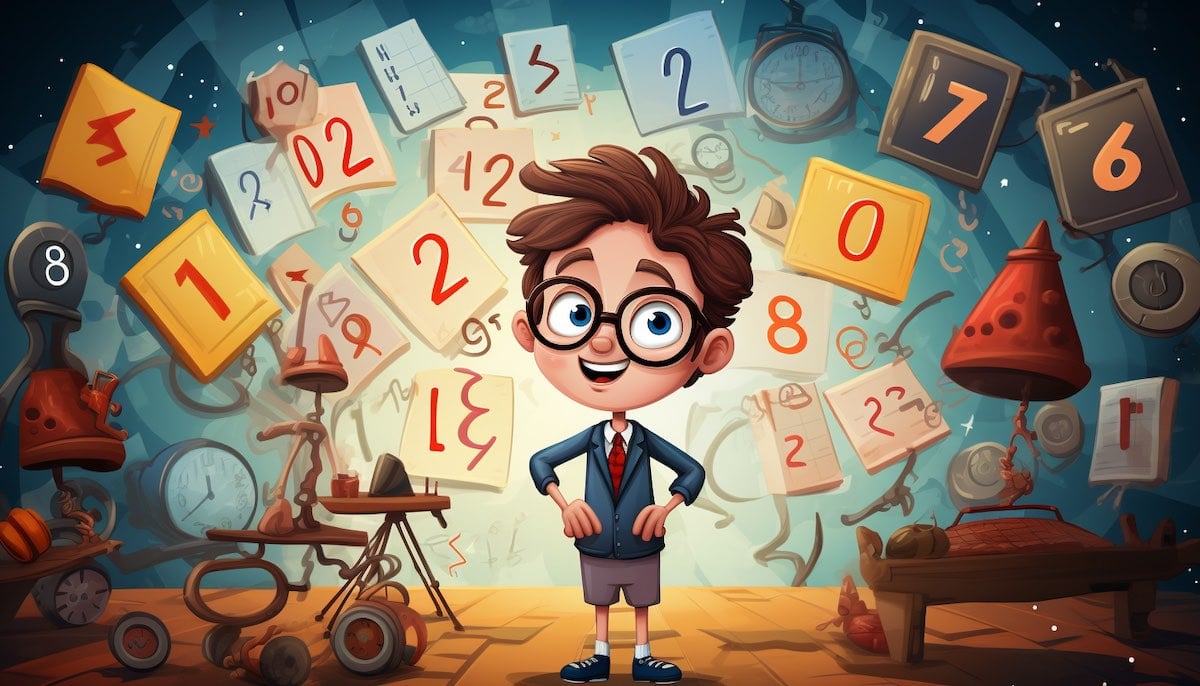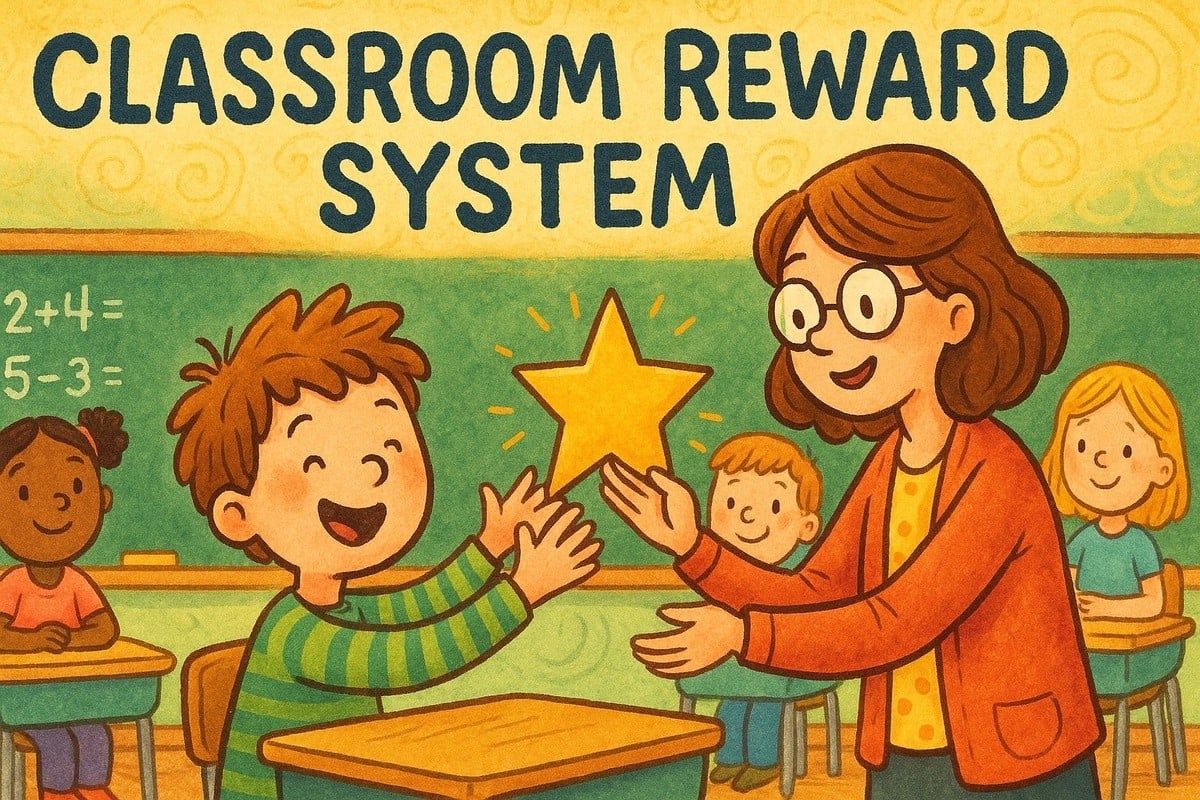 Get students hooked on knowledge with a classroom rewards system.
Get students hooked on knowledge with a classroom rewards system.
We have an education problem. With the emergence of AI tools, students are becoming less motivated to put in the hard work. Who can blame them? We are all happy to have AI write our emails, summarize articles, and analyze text for us. However, these tasks are not arbitrary. They imbue children with valuable life skills, like critical thinking, forming associations, and enduring when a task is hard. When these tasks are delegated, these essential life lessons go unlearned.
So, what can we do? Ideally, we want to get kids out of the "passenger mode" of learning and into the "explorer mode", where learning is less of a chore and more of an adventure. Implementing a classroom reward system is an excellent way to do that. Classroom gamification has proven to be one of the most effective strategies for transforming traditional learning environments.
Benefits of a Classroom Reward System
There is plenty of research in support of gamification in education. From increasing connection to fostering social connection, gamification has the potential to transform the educational experience. Here are some other benefits:
Improved Classroom Behavior
Offering student incentives for good behavior or outstanding performance encourages students to be on their best behavior. Not only does this make students more attentive and receptive to their teachers, it also facilitates classroom management.
Greater Academic Performance
Increased attentiveness and a more structured classroom setting are more conducive to learning. As a result, students’ grades are likely to improve.
Enhanced Motivation and Participation
With prizes on the line, students will become more engaged. Higher levels of participation diminish distraction, disruptions, and boredom, which all promote a productive educational environment. Tracking student progress with digital scoreboards can help teachers monitor engagement levels and adjust their reward strategies accordingly.
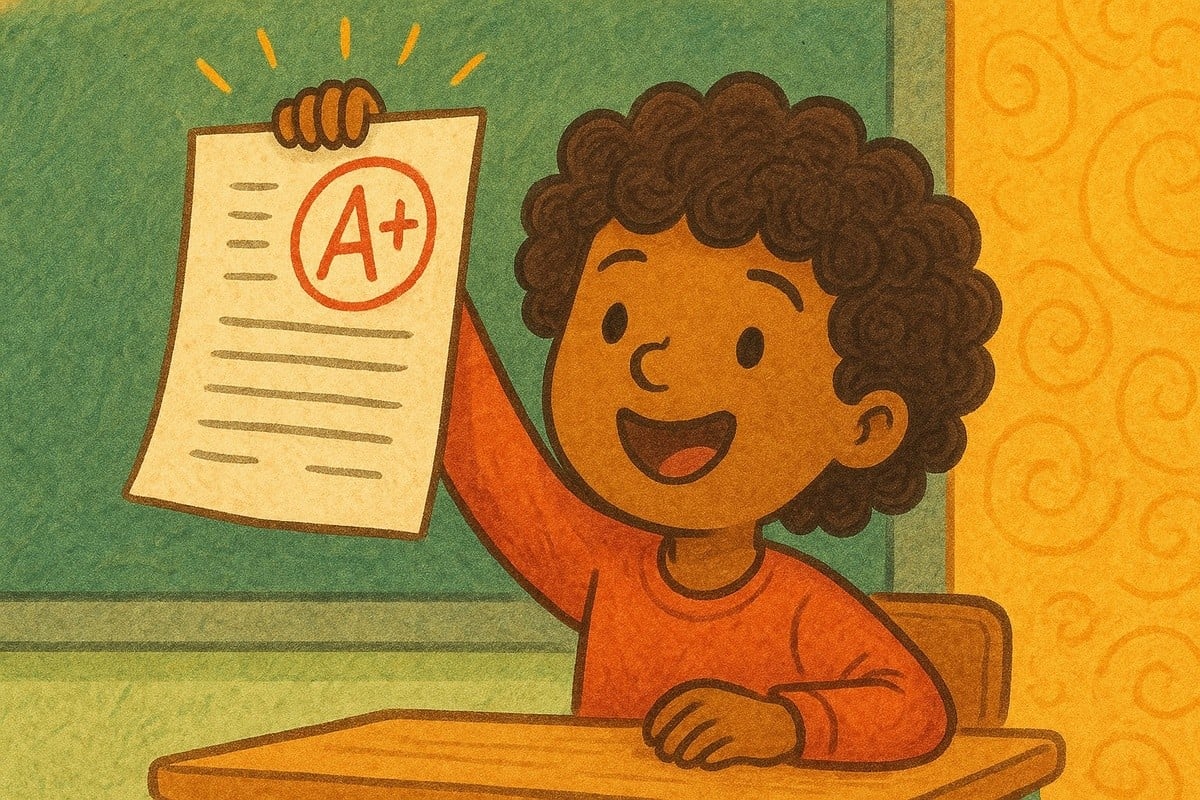 Creating an environment where learning is the real reward is ideal. Use classroom rewards to help you get there!
Creating an environment where learning is the real reward is ideal. Use classroom rewards to help you get there!
Different Types of Classroom Rewards
You know your classroom and your students best. This insight into what motivates your students will help you determine what kinds of rewards will be most effective. But here are a few ideas to help get you started:
Tangible Rewards
Do your students respond well to instant gratification? In that case, you might want to consider immediate rewards like stickers or gold stars. You can also keep a box of prizes on hand with a selection of small gifts they can choose from for a job well done.
Privileges
Are your students independent and fond of being in charge? Then you might want to consider giving them extra privileges, including the freedom to choose recess games, be responsible for the classroom pet, or lead a classroom activity.
Recognition-Based Rewards
If your students are in it for the long haul, you can consider rewards that are earned over a prolonged period of time. This could be certificates for perfect attendance or punctuality, badges for performing well in specific subject areas, or a medal for being the student of the month. Reading program leaderboards are a great example of how to implement long-term recognition systems that keep students motivated over weeks or months. For subject-specific rewards, you might also consider creating a math quiz with leaderboard to track academic achievements.
 Motivate students to go for gold with exciting rewards.
Motivate students to go for gold with exciting rewards.
Designing Your Reward System
Most importantly, be sure that your reward system has very clear rules and goals. Spend some time considering what you hope to achieve so you can be as transparent as possible when introducing the concept to your students. Here are some things for you to consider:
Define Clear Expectations and Criteria
Having a straightforward set of guidelines will help avoid any misunderstandings that could cause friction among students. Define a list of behaviors and activities that earn rewards or points to be used towards rewards and be sure to stick with it! Tracking points in the classroom provides a step-by-step guide on setting up clear point systems.
Involve Students in Reward Choice
Let the students guide your reward choices. They will have some great ideas about what types of prizes will get them motivated to do their best. This will also ensure that you don’t choose rewards that won’t inspire them to strive harder.
Balance Individual vs. Group Incentives
Different students have different strengths. Consider including both individual and group activities and pairing students together with differing abilities so everyone has an equal opportunity to win rewards. This will also take the emphasis off of competition and place it more on teamwork. Classroom Olympics is a fantastic way to combine individual achievements with team collaboration.
By the way, one of our (and students’) favorite classroom reward systems is Harry Potter House Points!
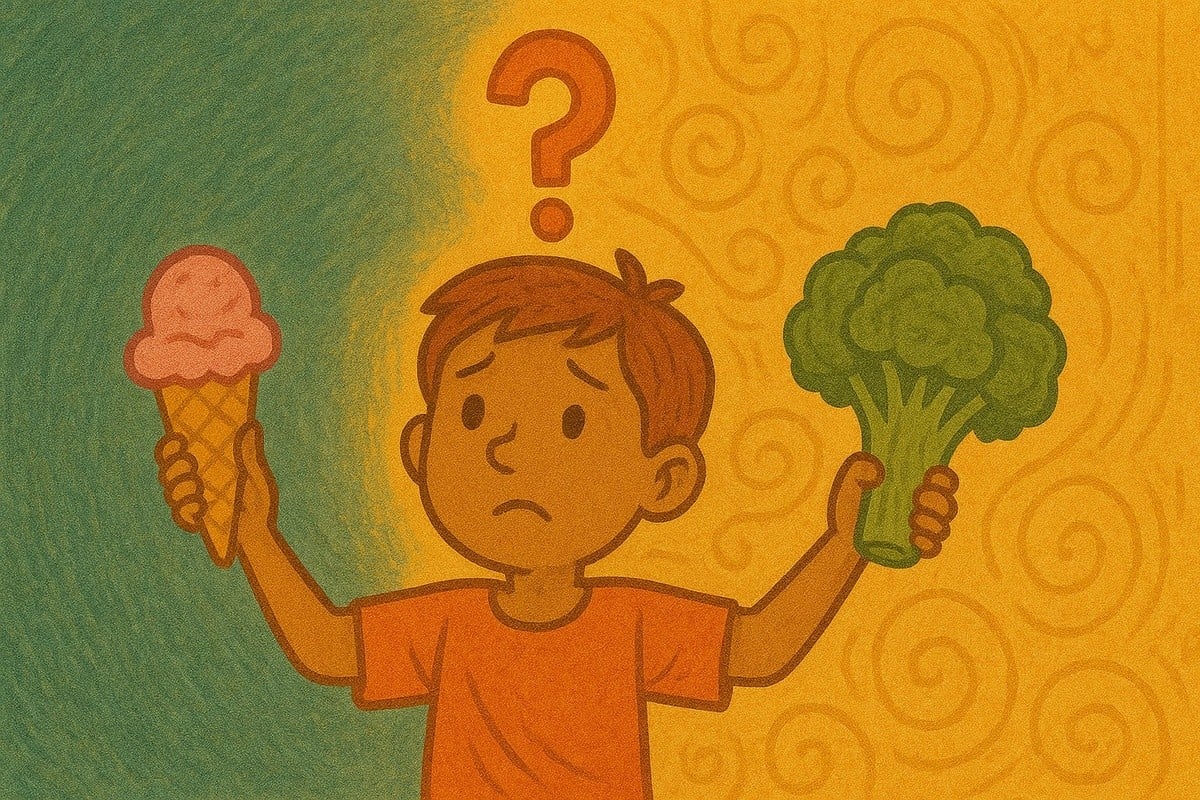 The types of rewards that you offer your students can mean all the difference between a successful and
unsuccessful classroom reward system.
The types of rewards that you offer your students can mean all the difference between a successful and
unsuccessful classroom reward system.
Use KeepTheScore to Start Rewarding Your Students
Now that you’re ready to implement your classroom rewards system, it’s time to decide how to keep track of your students’ point-earning activities. A classroom chart with check marks or stars is always an option. This might be especially useful for small children who could benefit from a visual reminder.
However, in most cases, a digital scoreboard will be far more practical. You can make any updates in real-time and students can access it from their devices whenever and wherever. This will help them stay motivated and on track to succeed. If you're looking for a simple alternative to ClassDojo or want to create a classroom leaderboard, KeepTheScore will come in very handy. Here’s how to get set up!
- Create a Scoresheet with rounds.
- Enter the participants' names.
- Click on Settings to choose a new theme or layout or add your own logo. You can also change the default colors and background image.
- NEW: Use Dynamic rank styles in Settings → Ranking to add emojis like 🌟⭐✨ or 🥇🥈🥉 to highlight top performers!
- Each time you add scores, you can create a new round with the title of whatever activity, behavior, etc., you want to reward.
- Start tracking your goal!
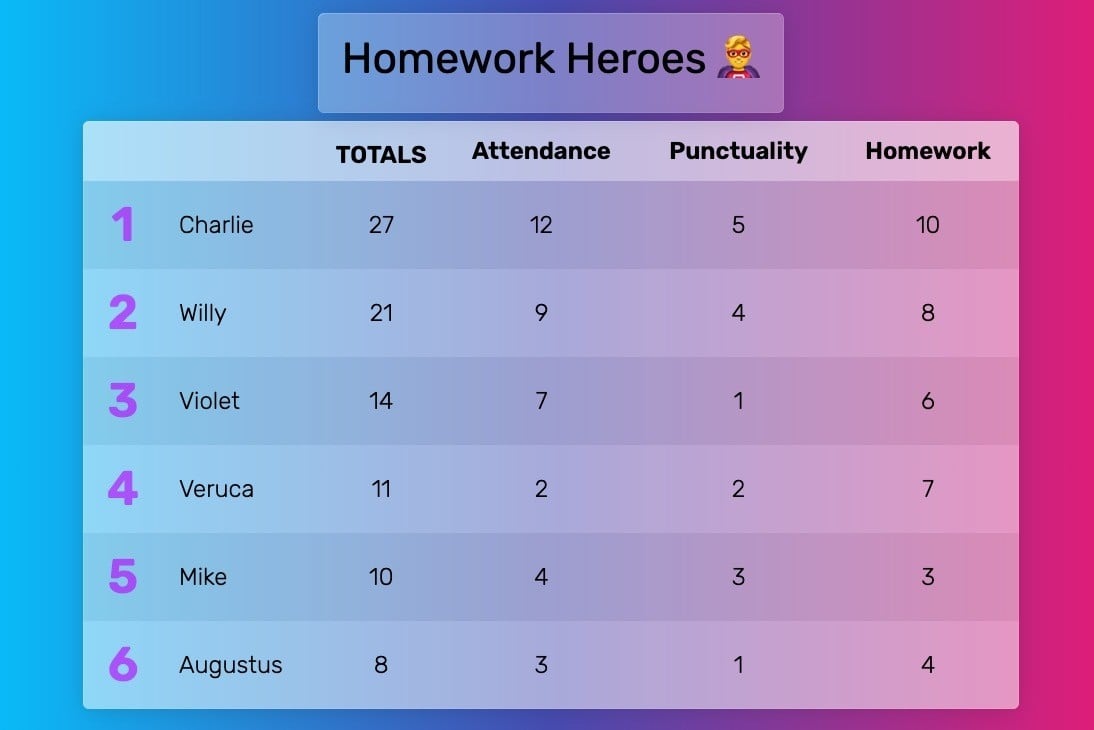 What are you going to track? Once you’ve decided what behaviors to reward, it’s simple to set up
your scoreboard.
What are you going to track? Once you’ve decided what behaviors to reward, it’s simple to set up
your scoreboard.
Start motivating your students now with a classroom reward system powered by KeepTheScore! And if you have any questions or insights, share them with us in the comments section! For regular inspiration on how to use KeepTheScore delivered right to your inbox, sign up for our newsletter.
